Maintaining a clean reptile habitat is essential for the health and wellbeing of your scaly companion. Unlike mammals, reptiles are particularly susceptible to bacterial and fungal infections that can thrive in dirty environments. A properly sanitized enclosure not only prevents disease but also creates a more pleasant living space for your pet and eliminates unwanted odors in your home. The cleaning process might seem daunting at first, especially for new reptile owners, but establishing a regular maintenance routine will protect your pet and make the task more manageable in the long run. This comprehensive guide will walk you through the best practices for cleaning and disinfecting your reptile’s home, ensuring a safe and healthy environment for your cold-blooded friend.
Understanding Why Proper Cleaning is Crucial
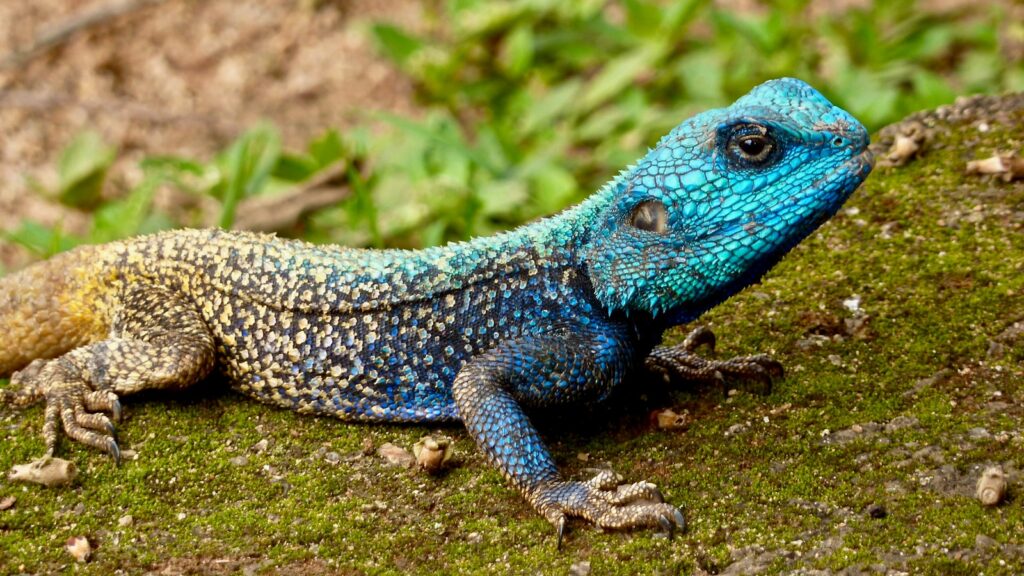
Reptiles can be carriers of various bacteria, including Salmonella, which can potentially cause illness in humans if proper hygiene isn’t maintained. Additionally, accumulated waste products in a habitat can lead to respiratory issues, skin infections, and stress in your reptile. The enclosed nature of terrariums and vivariums creates a microclimate that, when not properly maintained, can quickly become a breeding ground for harmful pathogens. For species that require high humidity, the risk of mold and fungal growth is even greater, presenting serious health hazards to your pet. Understanding these risks highlights why regular and thorough cleaning isn’t just about aesthetics—it’s a fundamental aspect of responsible reptile care.
Establishing a Cleaning Schedule
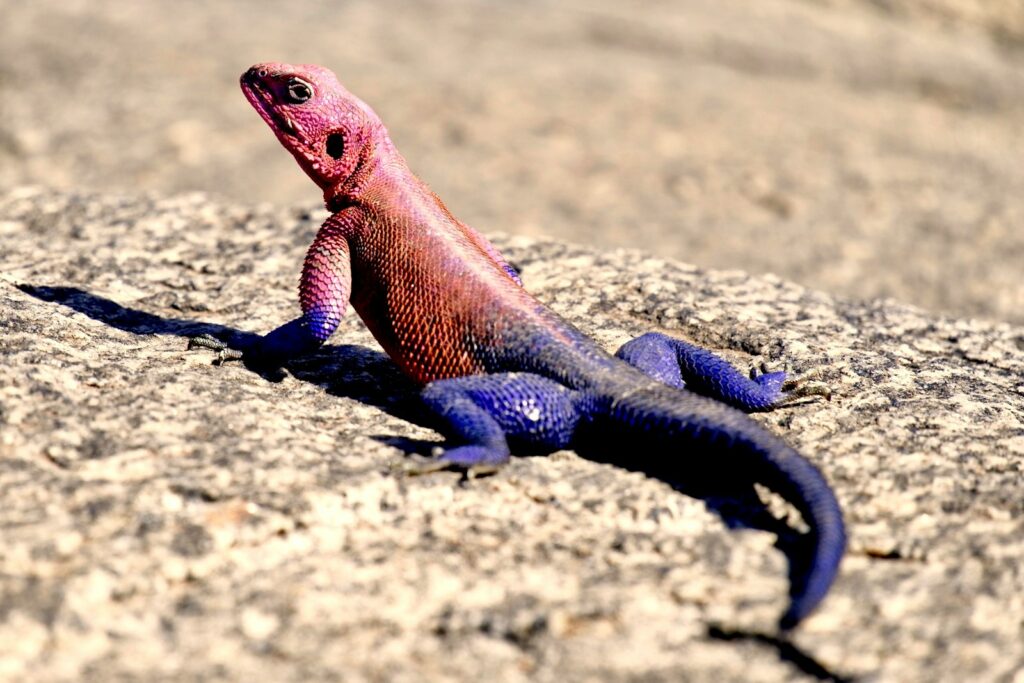
The frequency of cleaning depends largely on the species of reptile you keep, the size of the enclosure, and the number of animals housed together. Daily spot cleaning is necessary for all reptile habitats, which involves removing feces, uneaten food, shed skin, and soiled substrate. Partial substrate changes should generally occur weekly, while complete habitat breakdowns and deep cleaning should be scheduled every 1-3 months depending on the species and setup. Desert species in primarily dry habitats may require less frequent deep cleaning than tropical species kept in humid conditions where bacterial growth is accelerated. Creating a cleaning calendar can help you stay on track and ensure that your reptile’s home receives consistent care.
Gathering the Right Cleaning Supplies
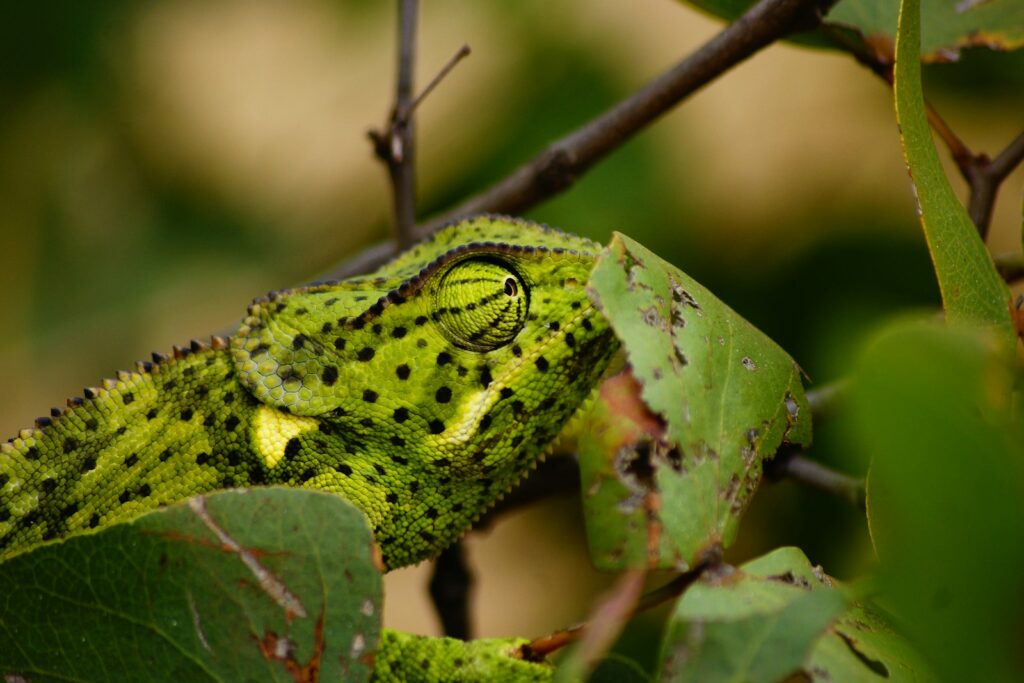
Assembling the proper cleaning toolkit is essential before starting the sanitation process. You’ll need reptile-safe disinfectants (avoid phenols, pine-scented cleaners, or products containing essential oils as these can be toxic to reptiles), a dedicated set of scrub brushes and sponges that aren’t used for other household cleaning, rubber gloves to protect yourself from potential pathogens, paper towels or reptile-safe substrate for replacement, and containers to temporarily house your pet during cleaning. Many reptile owners also benefit from keeping a small handheld vacuum for removing loose substrate and a spray bottle for applying disinfectant solutions. Having specialized tools like long-handled tongs for cleaning hard-to-reach corners can make the process more efficient and thorough.
Choosing Safe Disinfectants
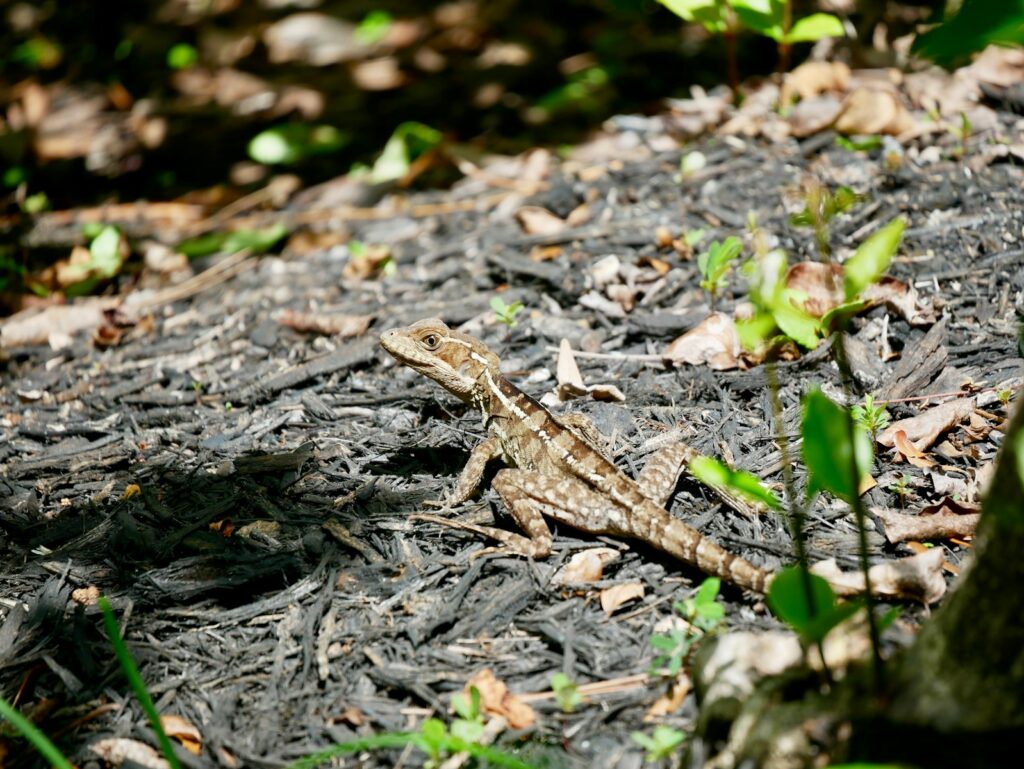
Selecting the appropriate disinfectant is crucial, as many household cleaners contain chemicals that can be harmful or even fatal to reptiles. Veterinarian-recommended options include a 1:10 bleach solution (1 part bleach to 10 parts water), chlorhexidine solutions, or commercial reptile habitat disinfectants specifically formulated to be safe for herps. Whichever product you choose, ensure it’s thoroughly rinsed afterward, as residual disinfectant can cause chemical burns to your reptile’s sensitive skin. Avoid ammonia-based products, which can create toxic fumes when mixed with reptile waste products. Natural alternatives like vinegar solutions may help with light cleaning but are not effective against all pathogens and may not provide the deep disinfection periodically required for reptile habitats.
Relocating Your Reptile Safely
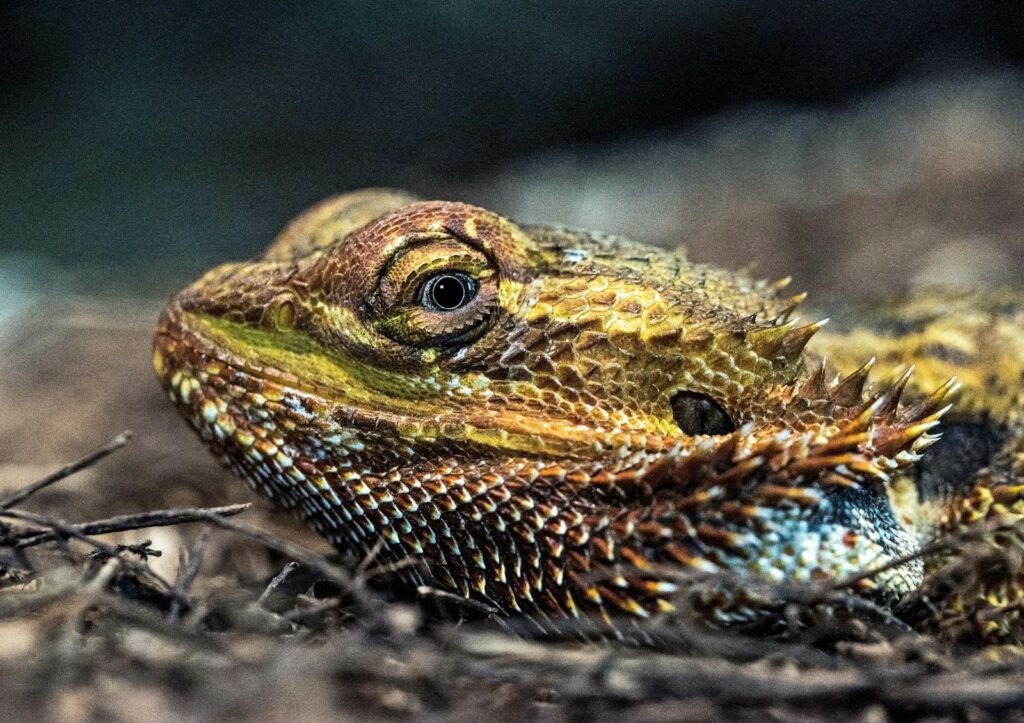
Before beginning any deep cleaning, you must safely transfer your reptile to a secure temporary enclosure. This temporary home should maintain appropriate temperature gradients and include hide spots to reduce stress during the cleaning process. For many species, a plastic container with air holes, appropriate substrate, and a hide box works well for short periods. Always handle your reptile gently and confidently to minimize stress during the transfer. If your reptile is particularly territorial or stressed by handling, consider using gloves or a snake hook depending on the species. Remember that this temporary housing is just that—temporary—and should not be used for extended periods as it likely doesn’t provide the environmental enrichment your pet needs long-term.
Spot Cleaning Techniques

Daily spot cleaning is the foundation of good reptile hygiene and prevents small messes from becoming big problems. Use feeding tongs or a small scoop to remove any visible waste, being careful not to disturb your reptile unnecessarily. For substrate spot cleaning, remove only the soiled portions rather than disturbing the entire habitat. Reptiles often mark their territories with scent, and completely changing substrate too frequently can cause stress. Water bowls should be emptied, scrubbed with a reptile-safe cleanser, rinsed thoroughly, and refilled daily to prevent bacterial buildup. Food dishes should be cleaned promptly after feeding to prevent the growth of bacteria that could cause illness in your pet.
Deep Cleaning Process Step-by-Step
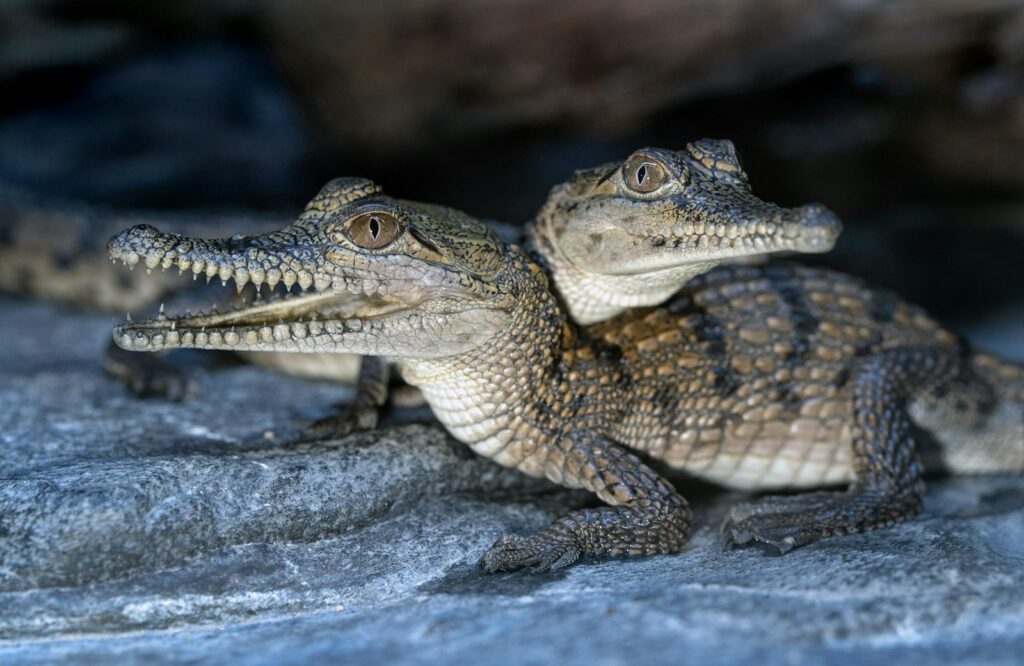
Deep cleaning involves completely breaking down the habitat and should begin with removing all decorations, hides, dishes, and substrate. Once the enclosure is empty, use paper towels to wipe away any loose debris before applying your chosen disinfectant according to product instructions. Pay special attention to corners, seams, and any textured surfaces where bacteria can hide. For glass terrariums, avoid abrasive cleaners that might scratch the surface and create more places for bacteria to colonize. After the appropriate contact time for your disinfectant (usually 10-15 minutes), rinse everything thoroughly multiple times with clean water. Allow all components to dry completely before reassembling the habitat, as moisture can promote bacterial growth and potentially harm substrate integrity.
Cleaning and Disinfecting Habitat Accessories
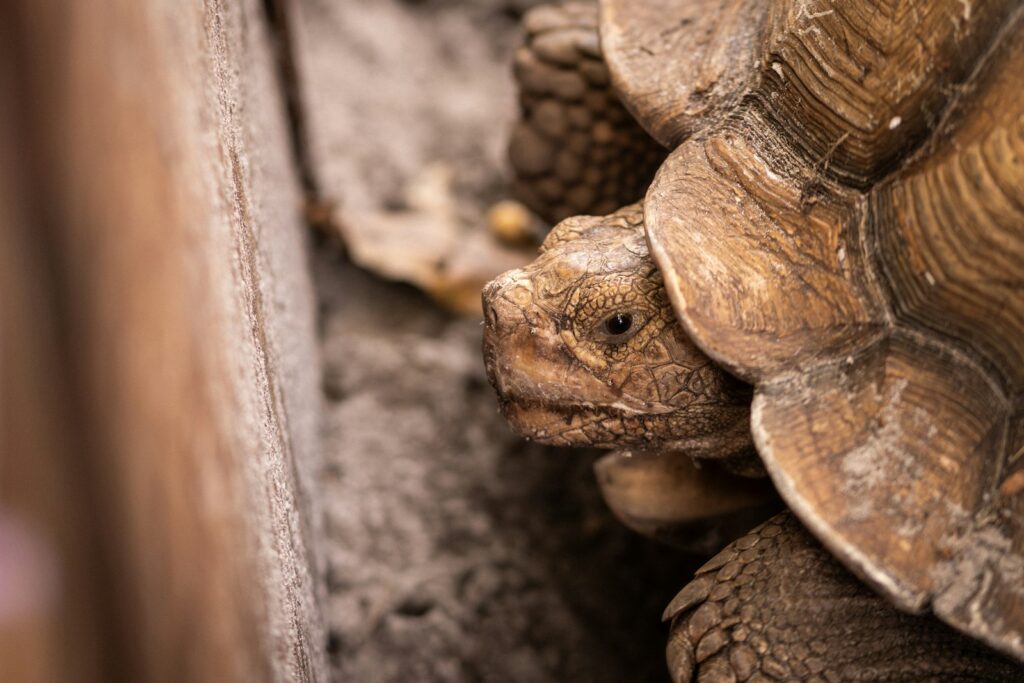
Habitat furnishings require special cleaning attention, as they often have porous surfaces that can harbor bacteria. For wooden items, scrub with a reptile-safe disinfectant, rinse thoroughly, and allow to dry completely before returning to the enclosure—if wood items appear to be rotting or developing mold, replace them immediately. Stone, ceramic, and plastic decorations can be soaked in a disinfectant solution, scrubbed with a dedicated brush, rinsed well, and dried before returning to the habitat. Specialized items like reptile hammocks or fabric hides should be washed according to manufacturer recommendations or replaced if they cannot be adequately sanitized. UVB and heat lamp fixtures should be wiped down with a slightly damp cloth, taking care not to get electronic components wet, and bulbs should be checked for functionality during each cleaning session.
Substrate Considerations and Replacement

Different substrates require different cleaning approaches, and some are more suitable for certain reptile species than others. Naturalistic substrates like bioactive soil mixes generally require less frequent complete replacement due to their beneficial microbial communities that help break down waste. Particulate substrates like reptile carpet, paper towels, or newspaper need complete replacement during cleaning as they cannot be effectively disinfected for reuse. Sand substrates should be completely replaced during deep cleanings as bacteria can easily hide between the grains. When selecting a new substrate, consider your reptile’s natural habitat, burrowing behaviors, humidity requirements, and the substrate’s ability to control odor and support beneficial microbial growth where appropriate.
Handling Bioactive Setups
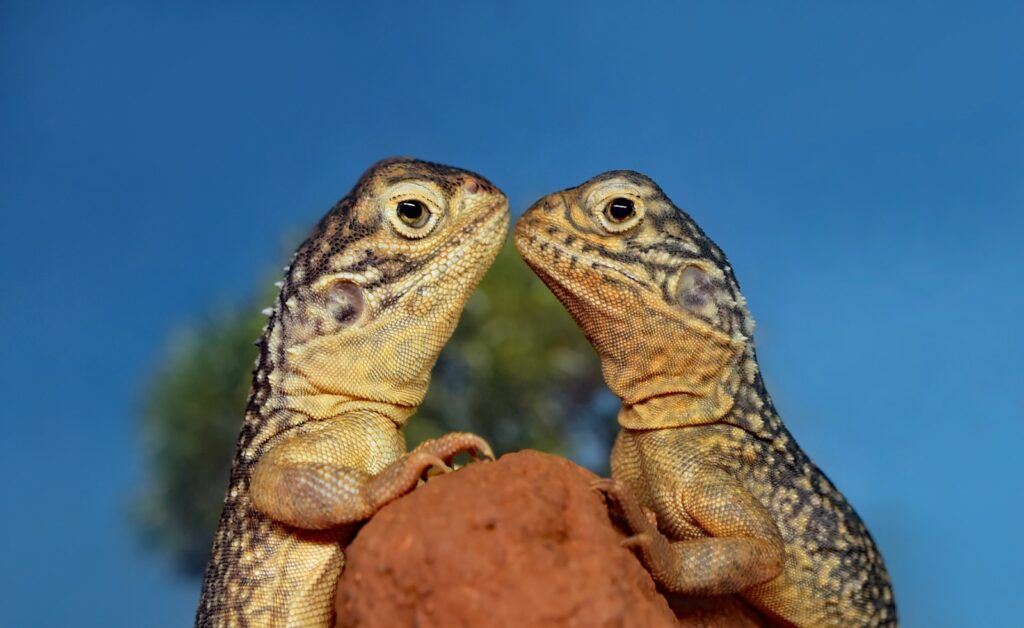
Bioactive enclosures present unique cleaning challenges since they rely on a balanced ecosystem of beneficial microorganisms, isopods, springtails, and other decomposers to break down waste naturally. Rather than complete substrate replacement, bioactive setups typically require only spot cleaning of visible waste that hasn’t been processed by the cleanup crew. Periodically, you may need to replenish the substrate top layer or add new cleanup crew members if waste processing seems to be slowing down. Monitor the overall health of plants and microorganisms in the system, as their decline can indicate an imbalance that needs addressing. While bioactive setups require less frequent deep cleaning, occasional partial substrate refreshment and decoration sanitization may still be necessary to maintain optimal health conditions.
Special Considerations for Different Reptile Species
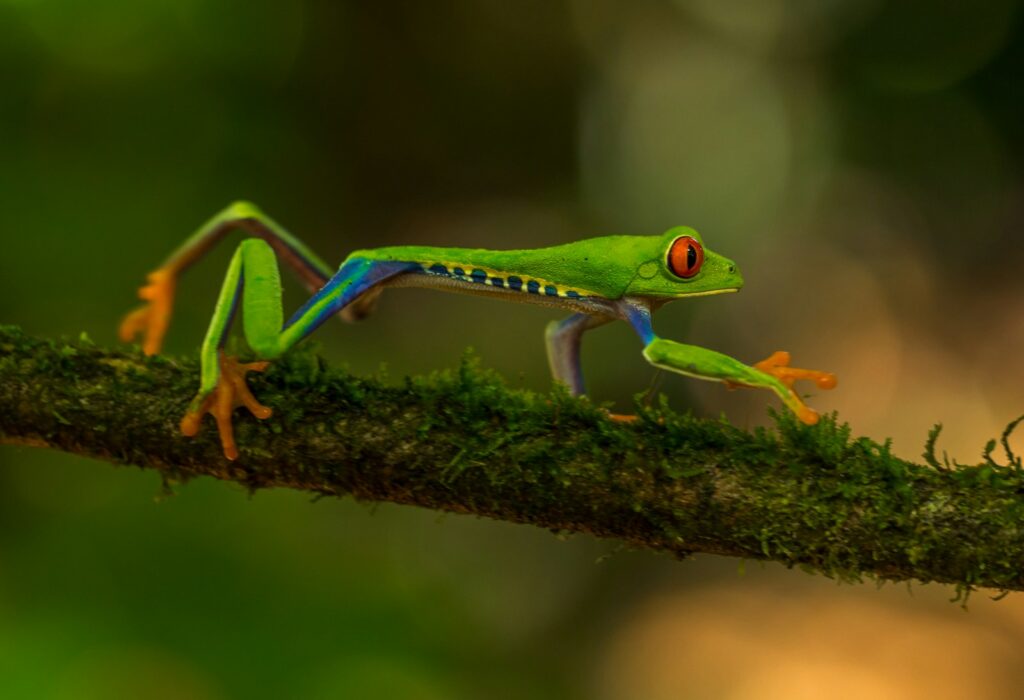
Different reptile species have unique habitat requirements that affect cleaning protocols. Desert-dwelling species like bearded dragons or leopard geckos generally create less humidity-related cleaning issues but may require more frequent waste removal due to their larger and more frequent droppings. Arboreal species like chameleons or certain gecko species may benefit from more frequent branch and plant cleaning as waste can accumulate on these surfaces. Aquatic and semi-aquatic reptiles like turtles require partial water changes every few days, with filter maintenance and complete water changes weekly, making water quality testing an important part of the cleaning routine. Snakes typically produce waste less frequently than lizards but may require more thorough cleaning after feeding due to the possibility of regurgitation or prey remnants.
Preventing Cross-Contamination
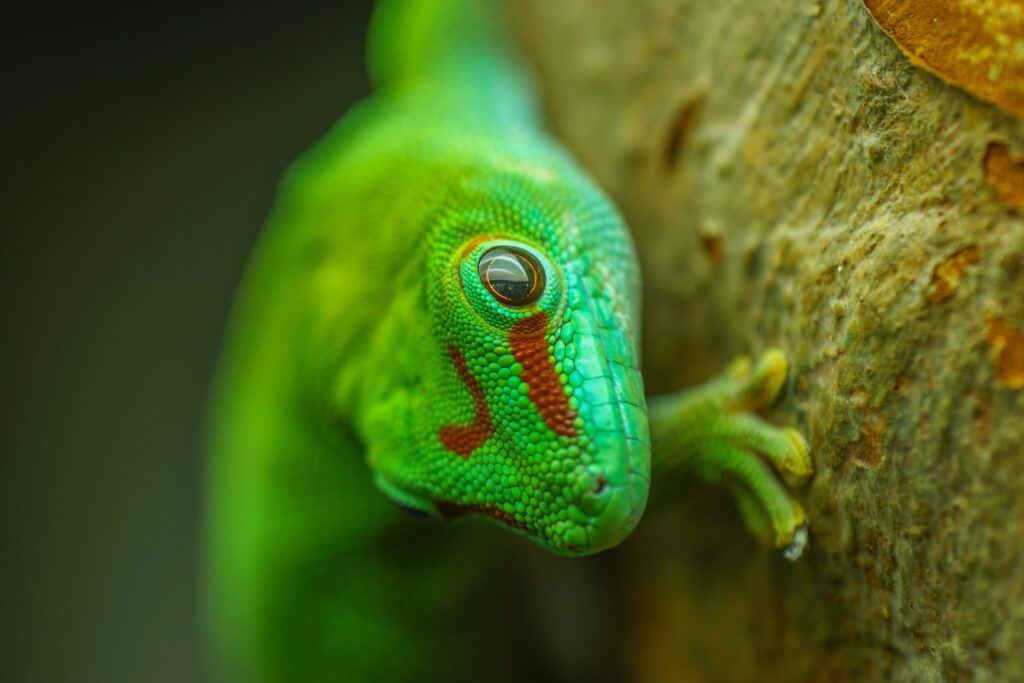
Cross-contamination can spread disease between reptiles or potentially to humans, making prevention a crucial aspect of cleaning protocols. Designate specific cleaning tools for each enclosure if you have multiple reptiles, using color-coding systems if necessary to keep tools separate. Always clean habitats in a specific order, starting with the healthiest animals and ending with any that might be under weather or in quarantine. Wash your hands thoroughly before and after handling reptiles or cleaning their enclosures, using antibacterial soap and warm water for at least 20 seconds. Consider wearing disposable gloves during cleaning processes, especially if you care for multiple animals or if someone in your household has a compromised immune system.
Monitoring for Signs of Inadequate Cleaning
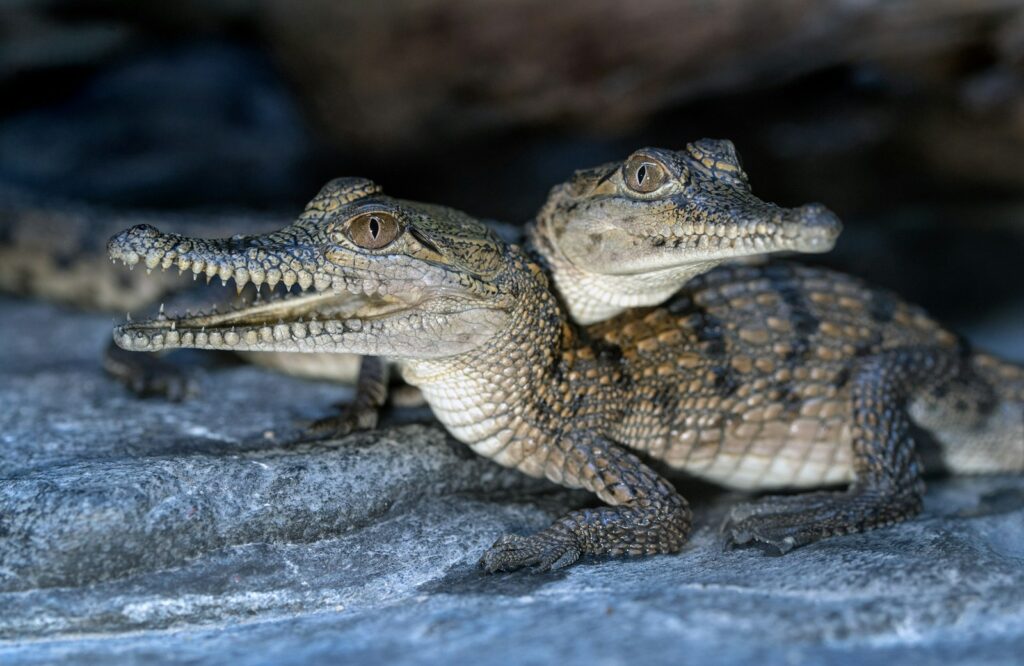
Even with regular cleaning, it’s important to watch for signs that your current routine might not be sufficient. Persistent strong odors, visible mold or mildew growth, excessive ammonia smell, or habitually dirty glass walls can all indicate cleaning deficiencies. Your reptile’s health can also signal cleaning issues—increased scratching, soaking, avoiding certain areas of the enclosure, or developing unexplained skin issues might relate to habitat cleanliness. Behavioral changes like decreased appetite, lethargy, or unusual hiding behaviors can sometimes stem from stress related to unsanitary conditions. If you notice these warning signs, it’s time to reassess and potentially intensify your cleaning schedule while also consulting with a reptile veterinarian to rule out other health concerns.
Sustainable and Eco-Friendly Cleaning Approaches
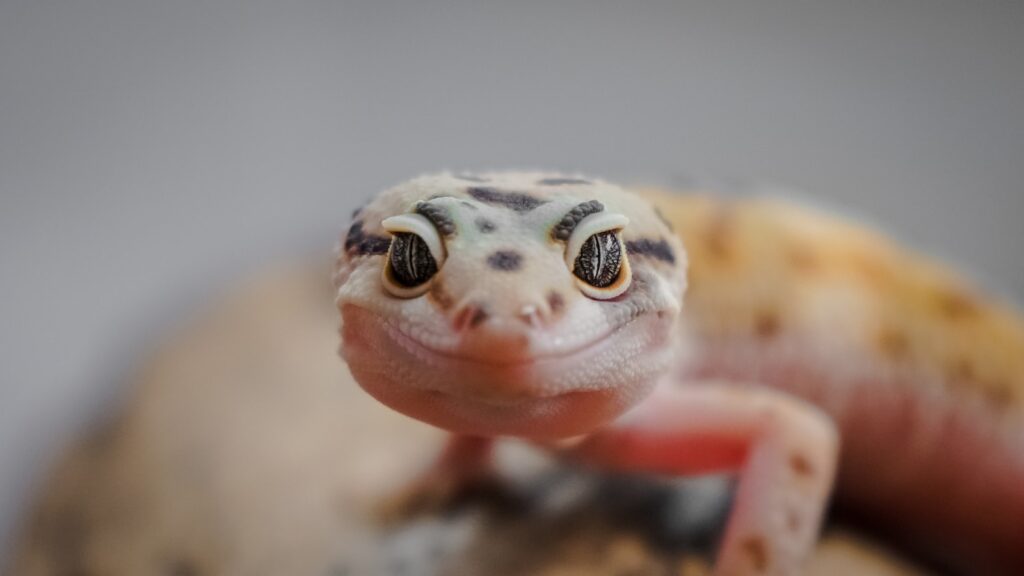
Environmentally conscious reptile keepers can implement several strategies to make cleaning routines more sustainable. Consider using biodegradable, reptile-safe cleaning products that break down naturally without harmful environmental impact. Reusable microfiber cloths can replace paper towels for many cleaning tasks, reducing waste while still being effective when properly laundered between uses. For bioactive setups, composting spent substrate can return nutrients to garden soil rather than sending organic matter to landfills. When selecting cleaning tools and habitat accessories, opt for durable, long-lasting materials that won’t need frequent replacement. These sustainable practices not only reduce environmental impact but often create healthier habitat conditions for your reptile companion in the long run.
Conclusion
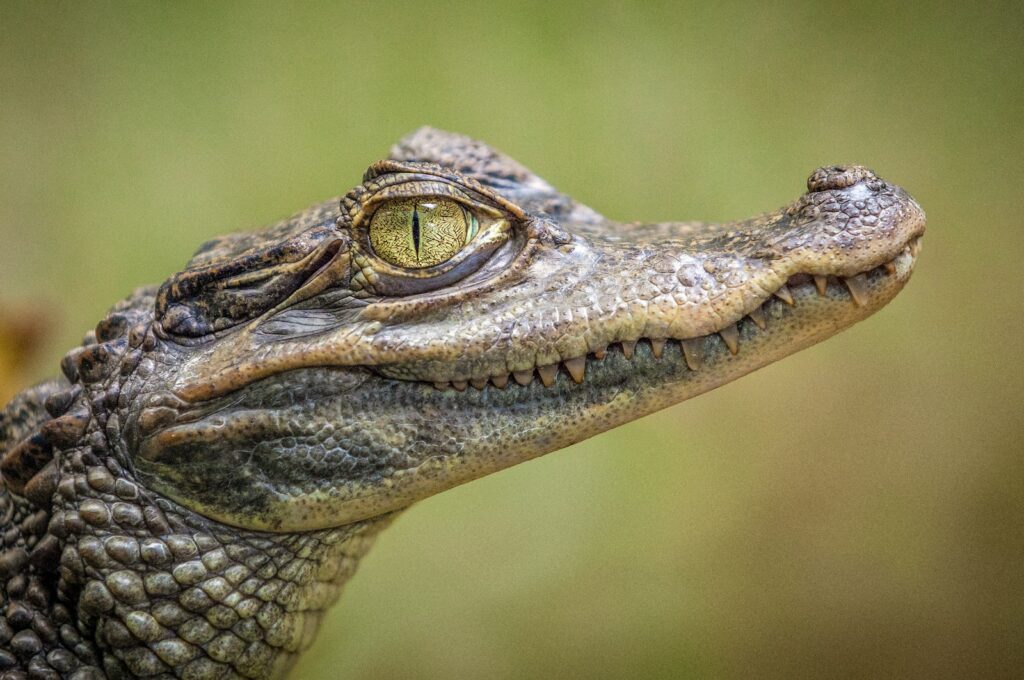
Establishing and following a comprehensive cleaning routine is one of the most important aspects of responsible reptile keeping. A clean habitat significantly reduces health risks for both your reptile and your family while creating an environment where your scaly friend can thrive. Remember that cleaning protocols should be adapted to your specific reptile’s needs, habitat type, and lifestyle factors. Regular monitoring, consistent maintenance, and prompt addressing of any cleanliness issues will go a long way toward ensuring your reptile’s longevity and quality of life. By investing time in proper habitat sanitation, you’re not just cleaning an enclosure—you’re providing the foundation for your reptile’s overall wellbeing and creating a healthier relationship between you and your unique pet.

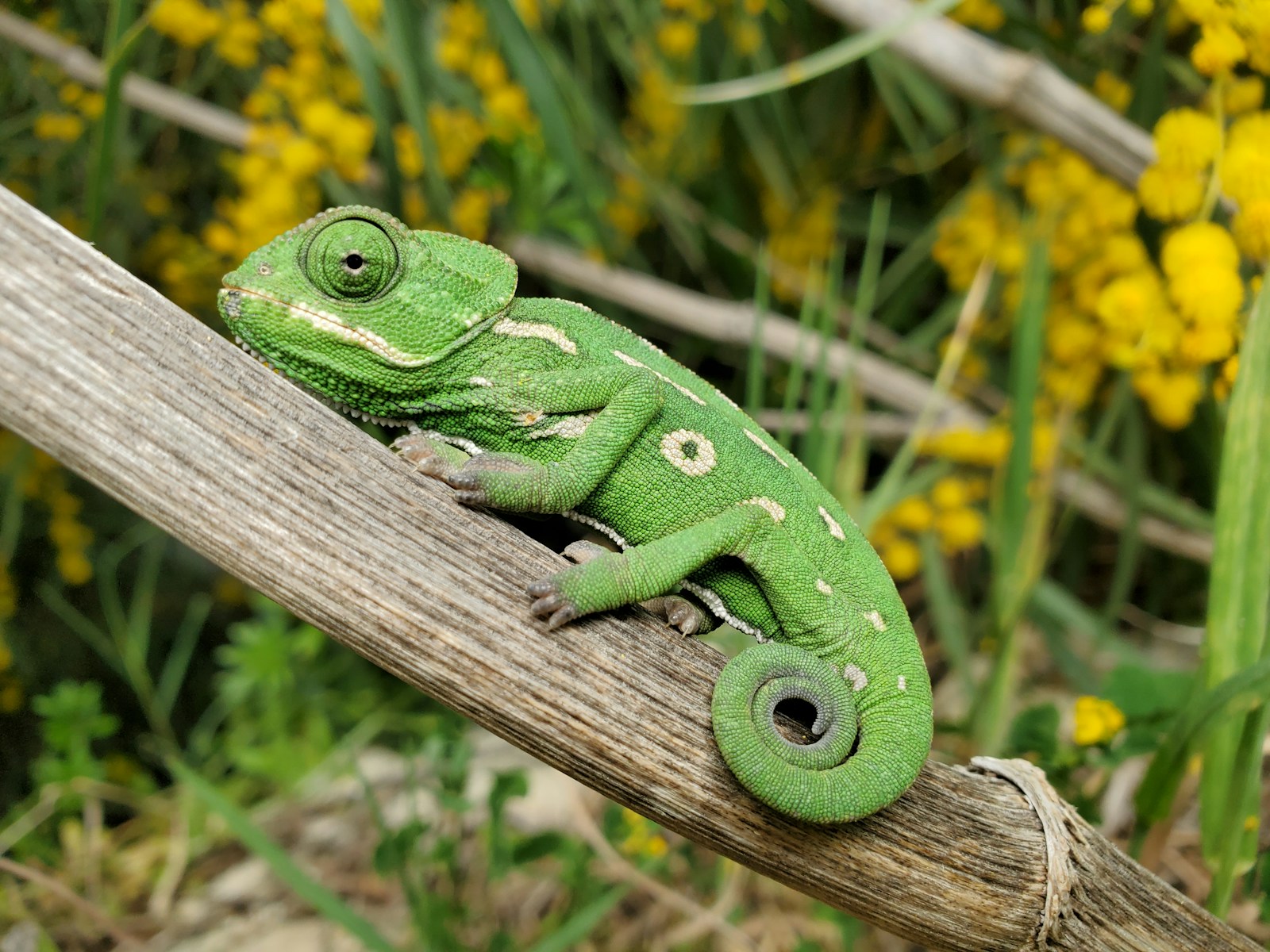




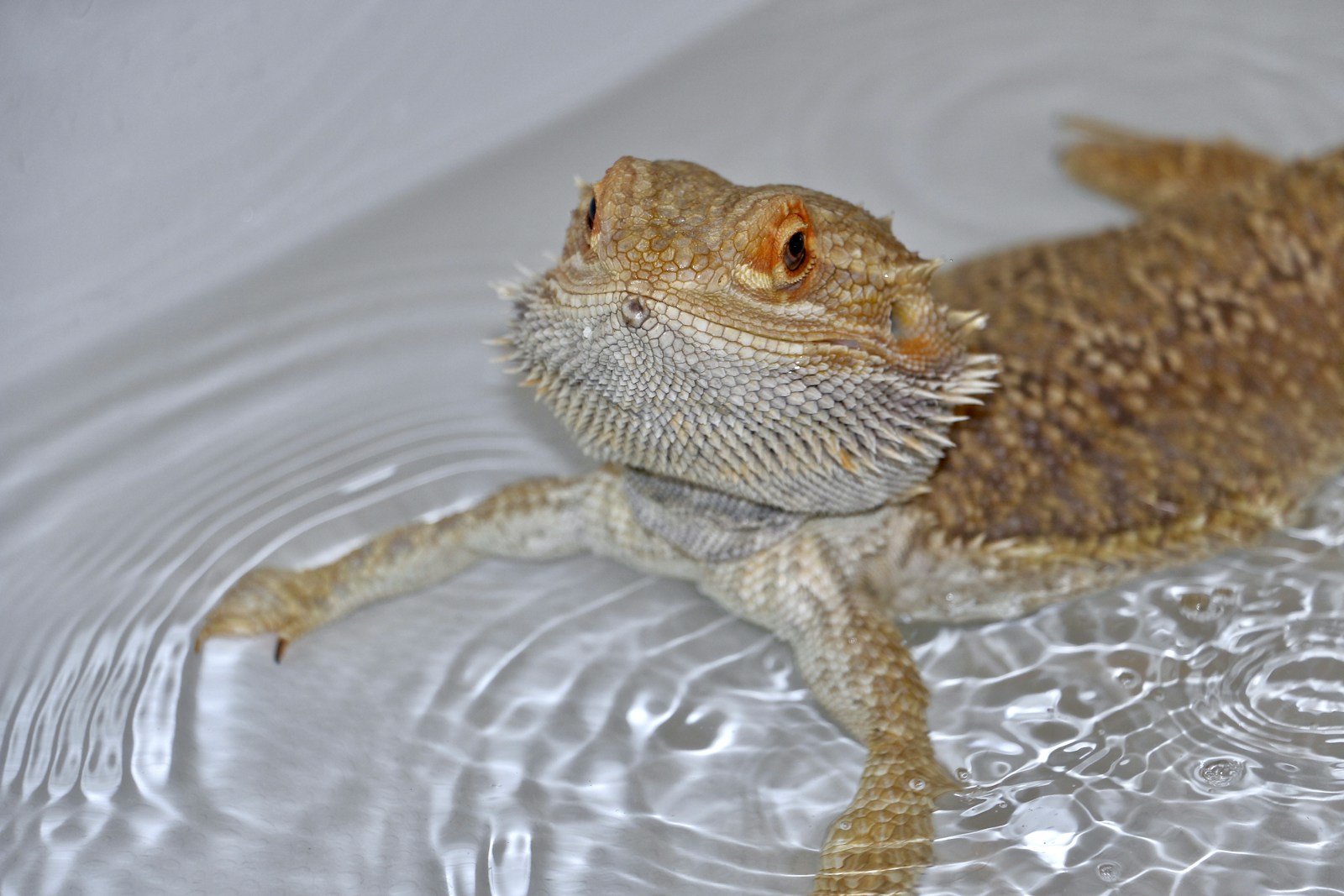
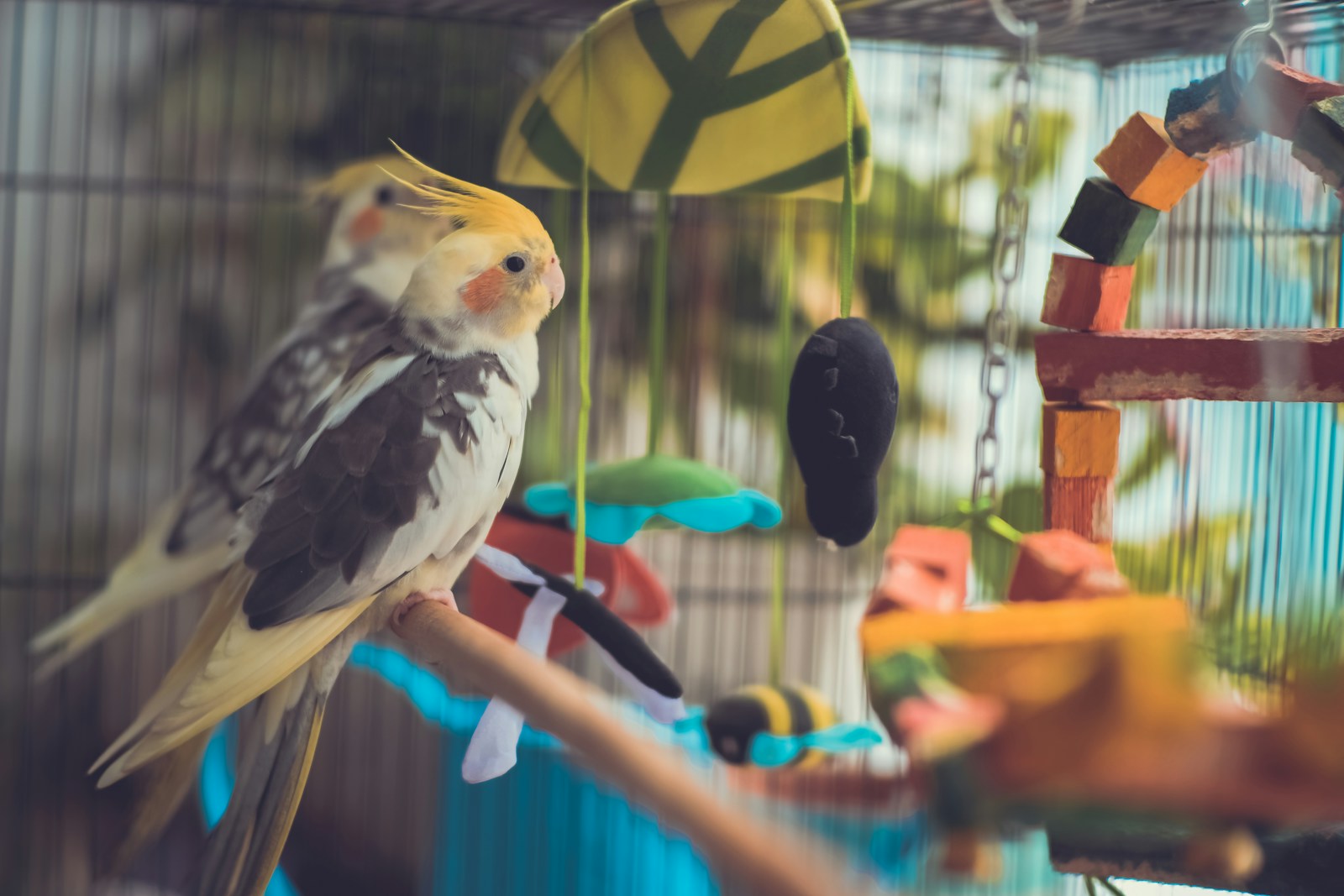



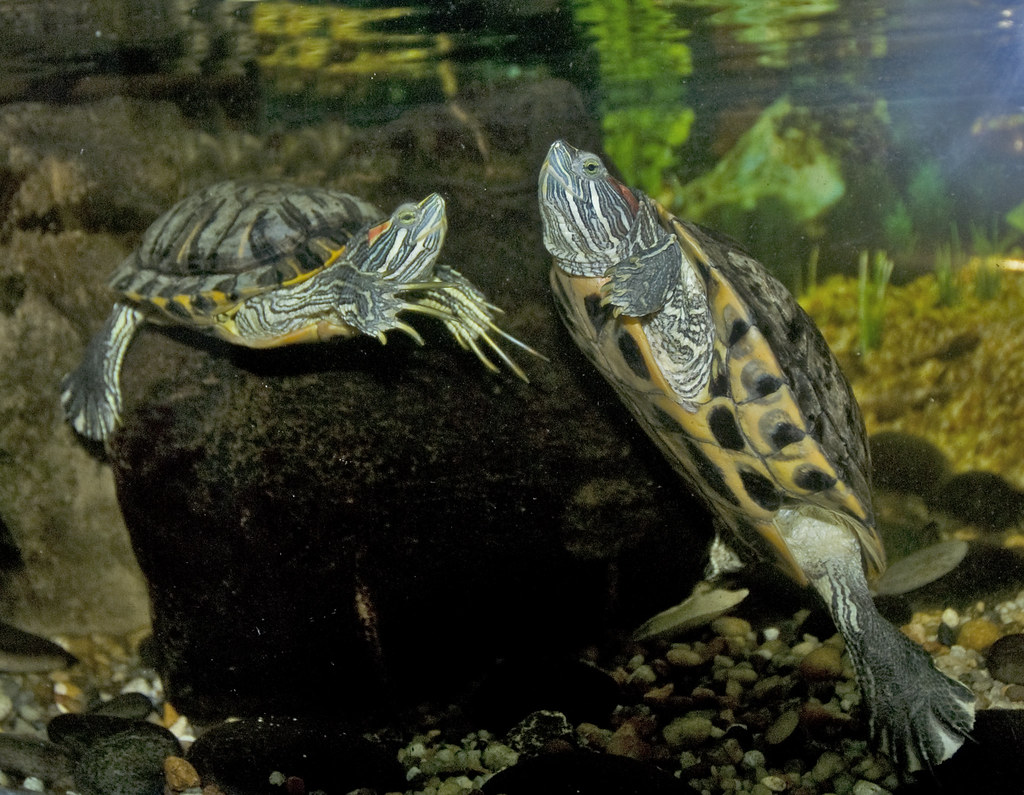




Leave a Reply